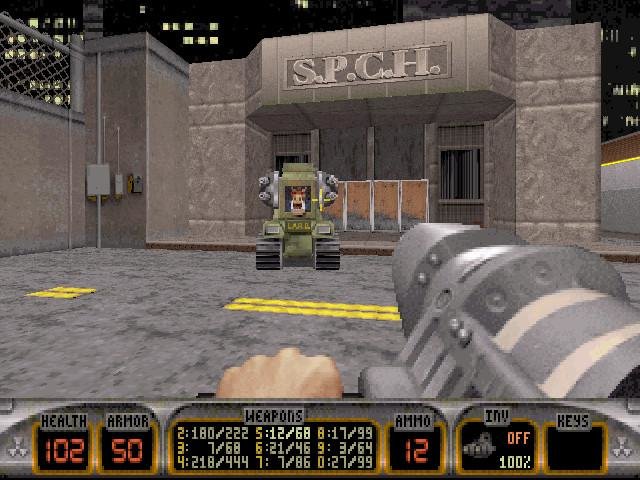

Vacillating among “freeware,” “user supported,” and “shareware,” the three men basically created the strange interstitial marketplace of free-but-not-without-strings software that we now know well as we search for, say, a flashlight or white noise app on our phones. Shareware’s origin in the early 1980s is generally linked to three men: Andrew Fluegelman, Jim Knopf, and Bob Wallace created software (inter-PC communication, database management, and word processing, respectively) that they wanted to market in new ways. It was a bit like a demo disc before mass distribution and fast internet speeds made demos more plausible for modern releases. The way shareware worked-for those readers not currently knocking at the grim reaper’s dusty door-is that you would buy an inexpensive floppy disc or, later, CD-ROM that contained a piece of a game on it. This was a game that spread via nonconventional means, from newsgroup posts to shareware kiosks in the local Staples in my case, along with many other cash-poor eight- to ten-year-olds. As a result, there is a preponderance of retrospectives on DOOM, but not many contemporary reviews that are available without a robust archival search. The game was as much a flashpoint for modern gaming when it was released in 1993 as any other game in history, and it arguably influenced the medium for American gamers more than any other. It’s difficult to find reviews of DOOM that aren’t retrospectives. The following is an excerpt from Story Mode: Video Games and the Interplay Between Consoles and Culture, by Trevor Strunk.


 0 kommentar(er)
0 kommentar(er)
